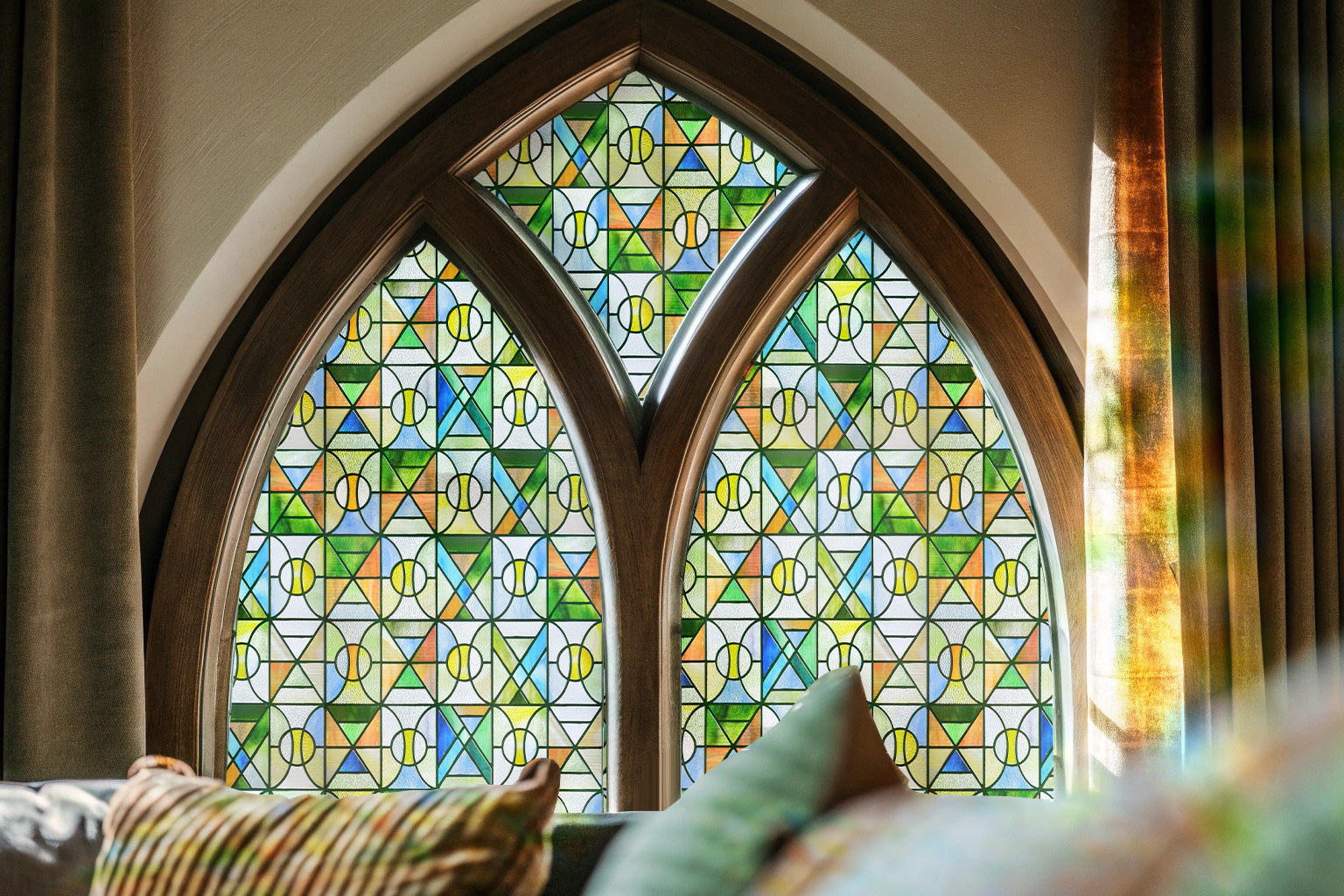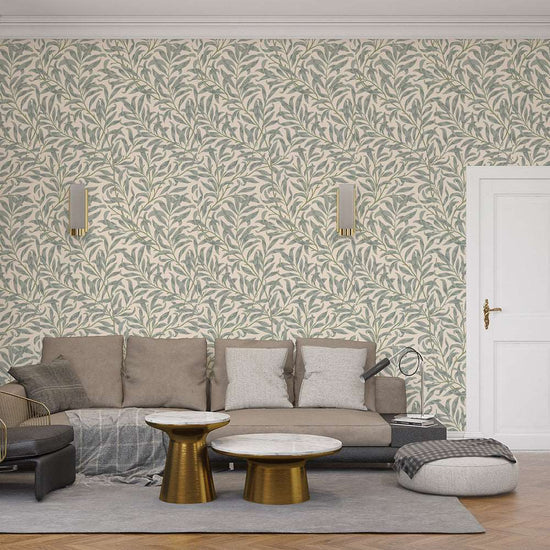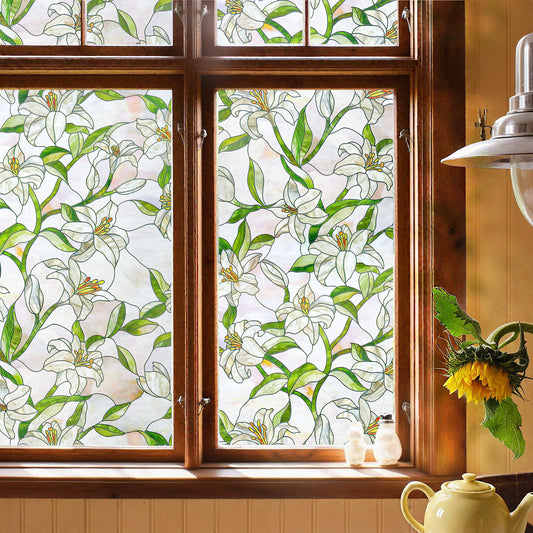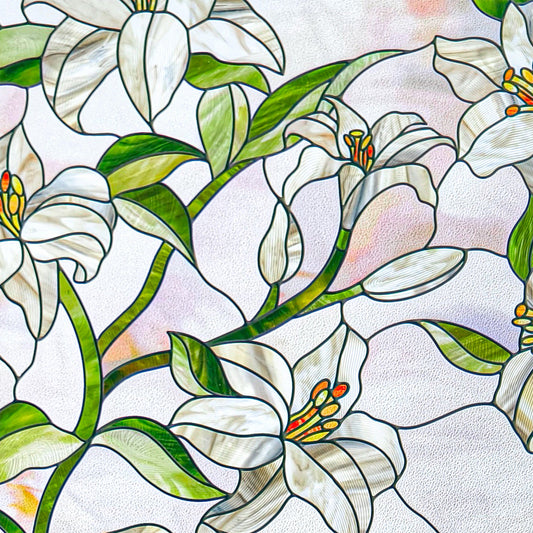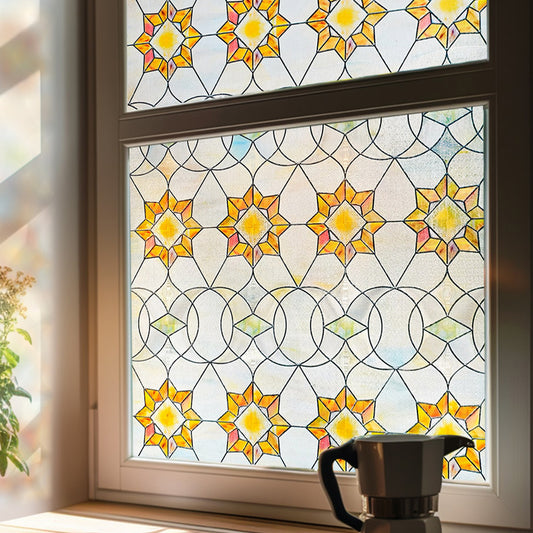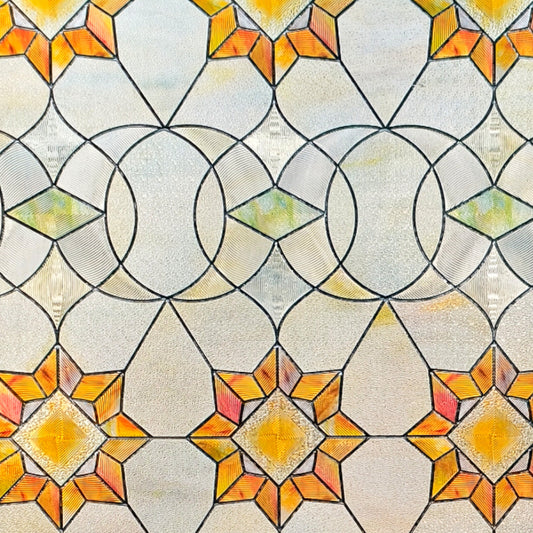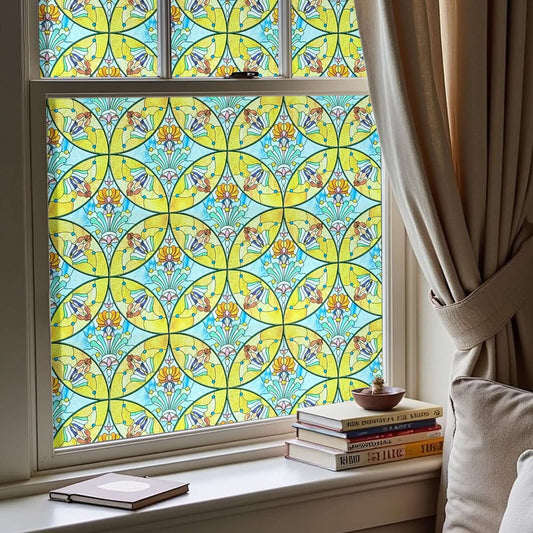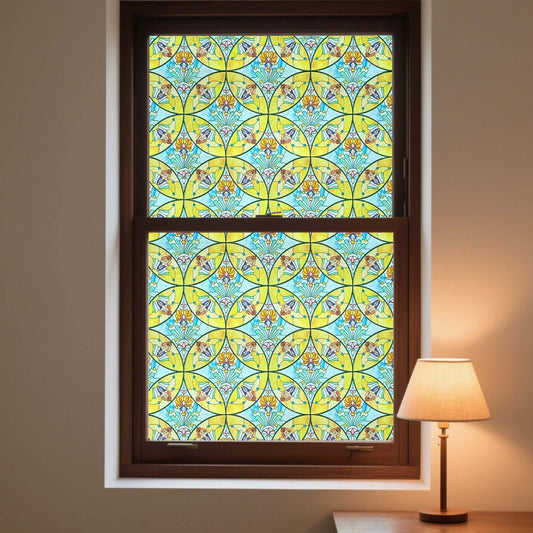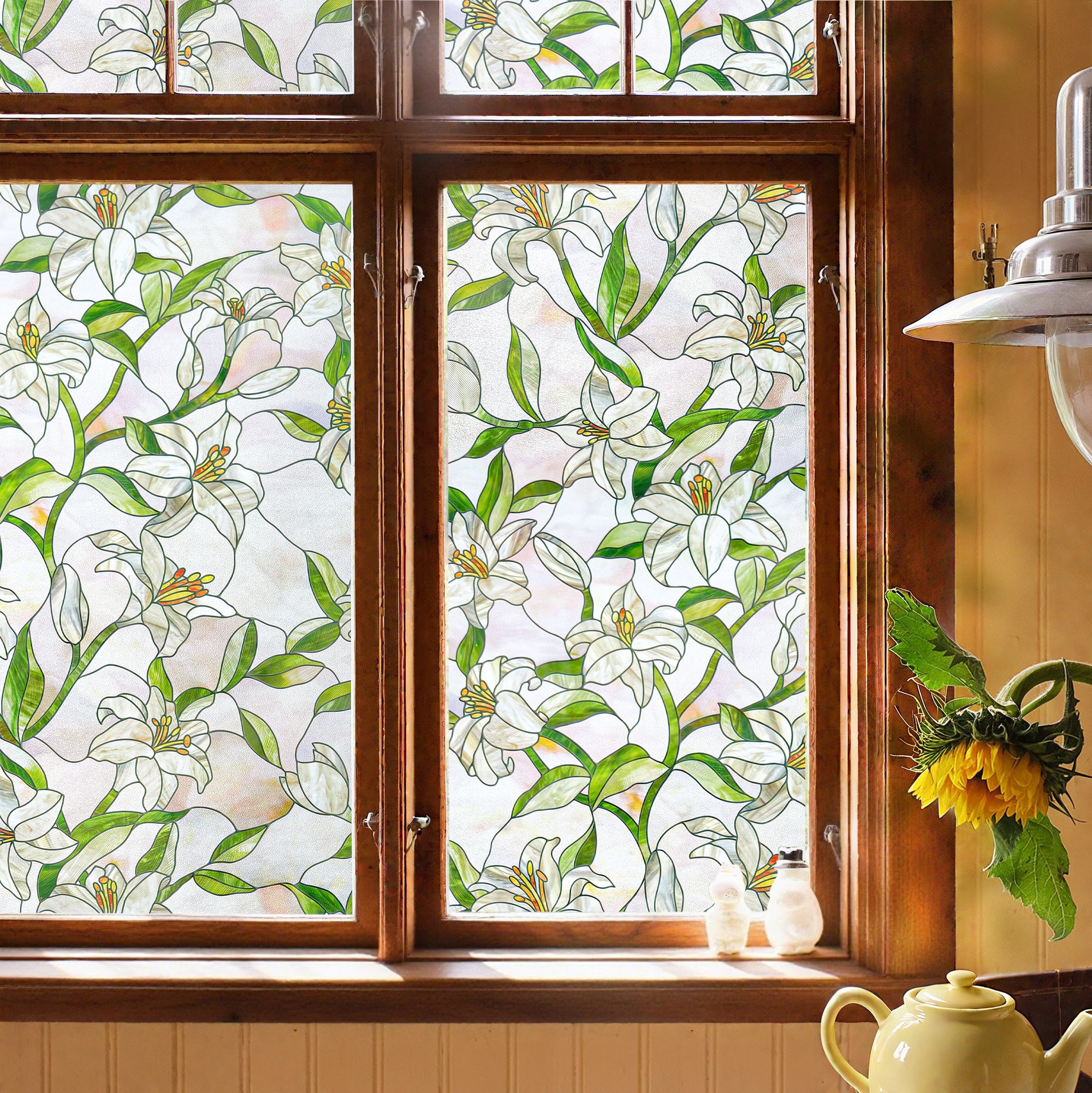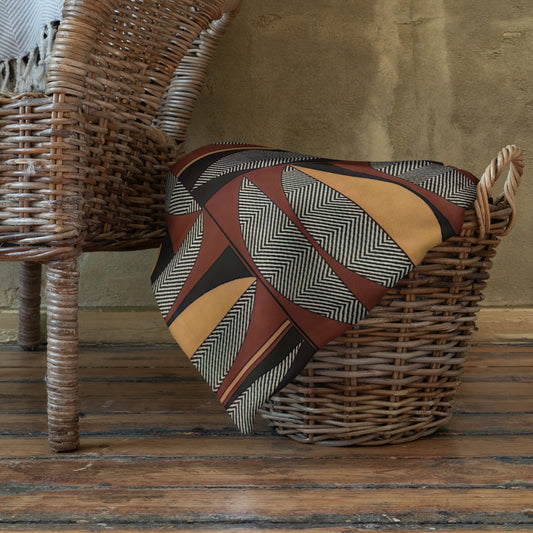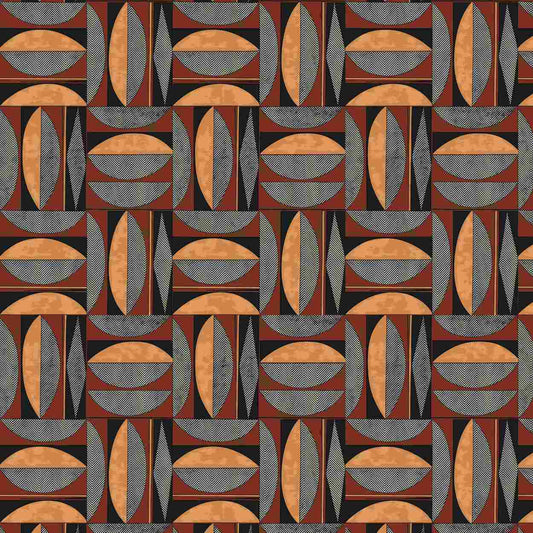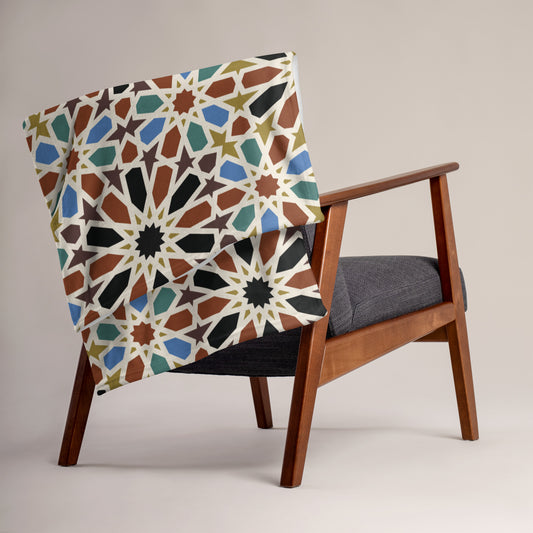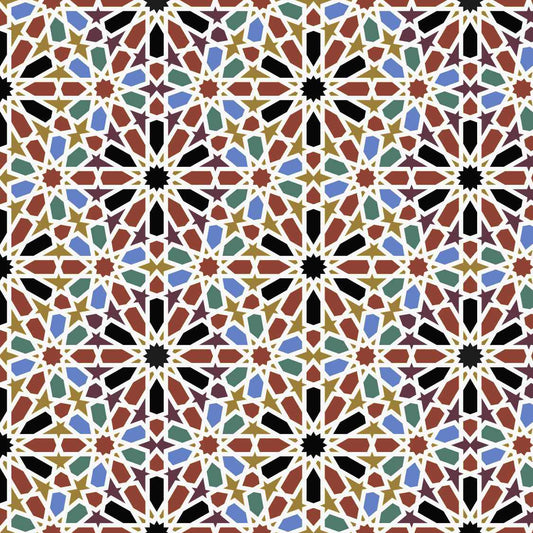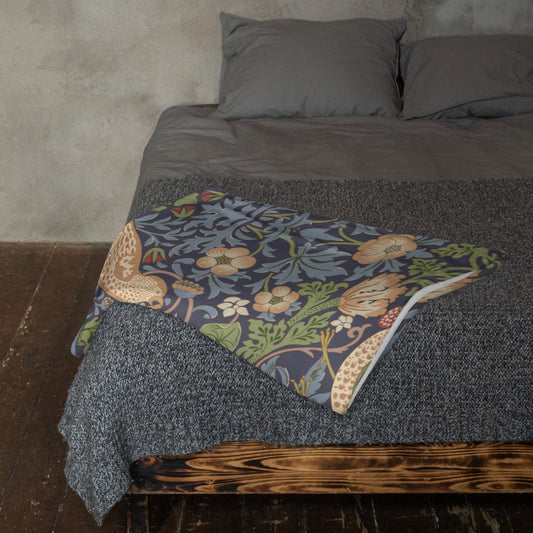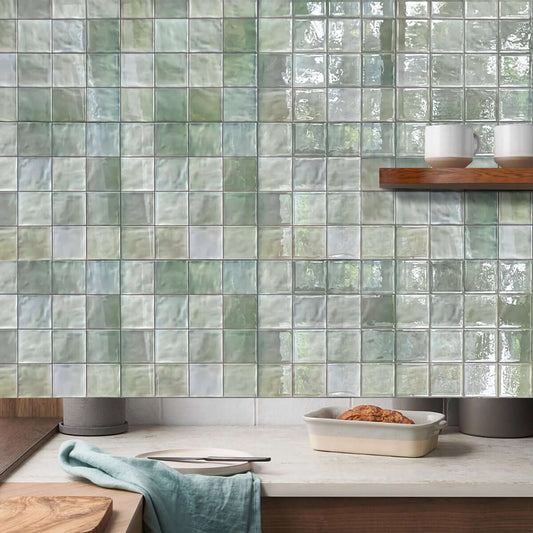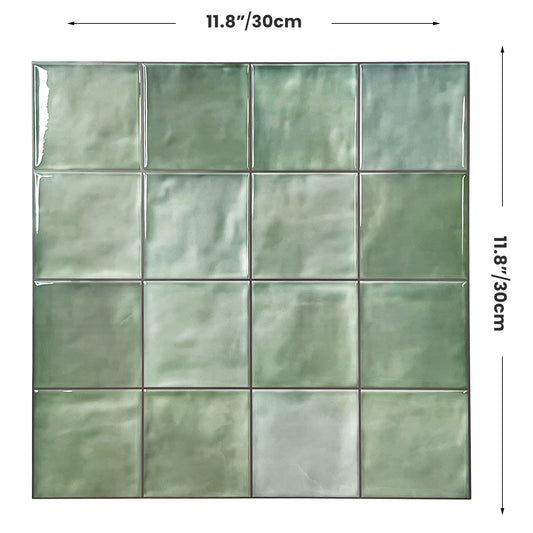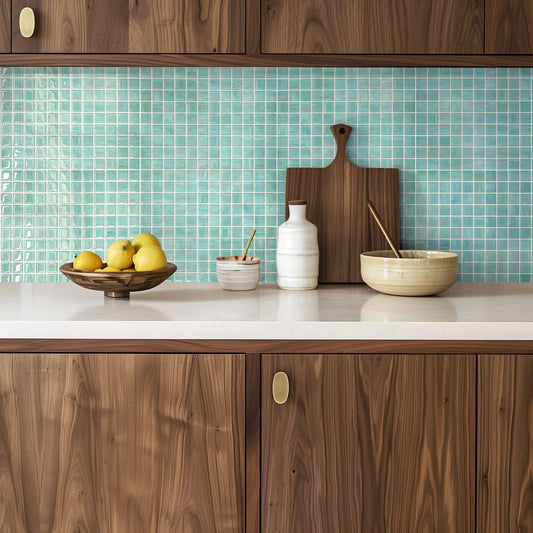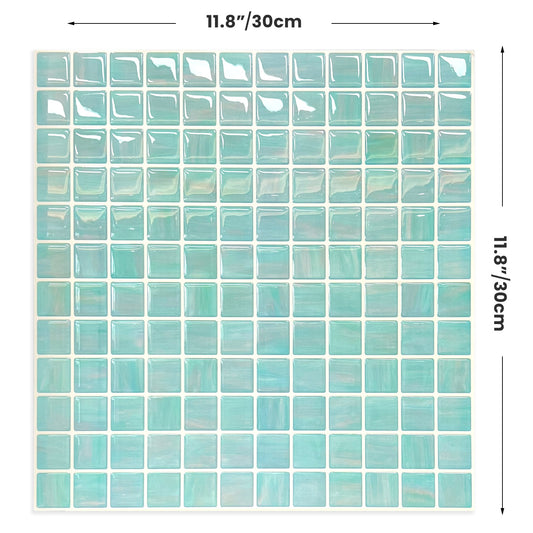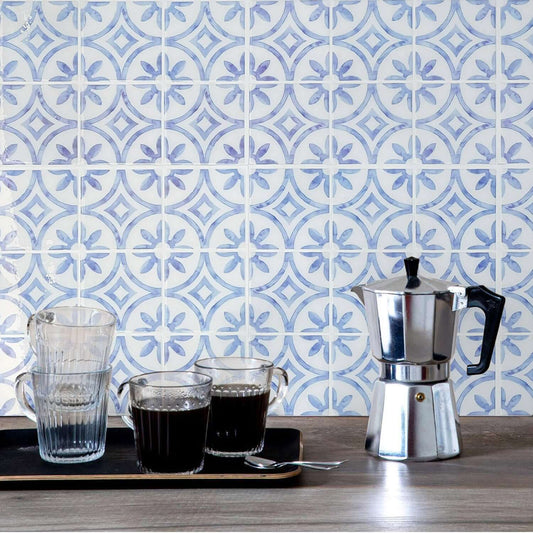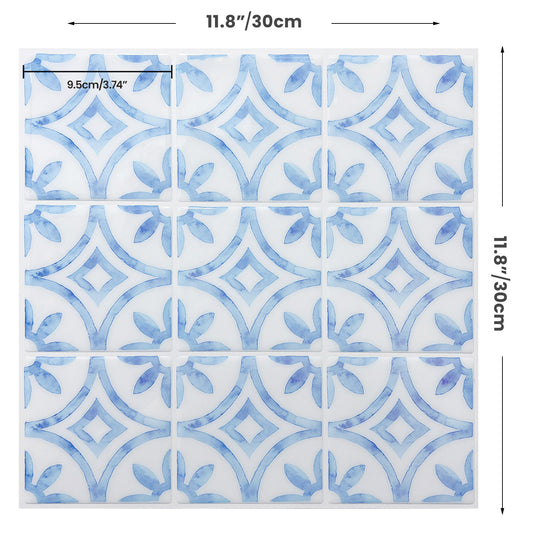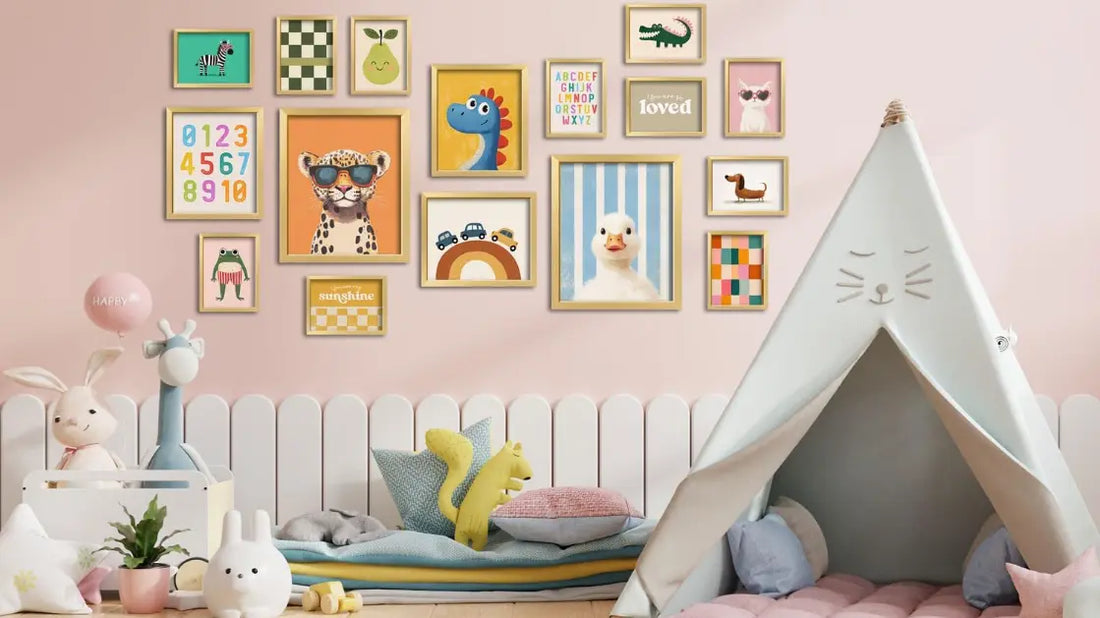Children's rooms are more than just a place to sleep. They are spaces where kids grow, play, and explore. The walls in these rooms play an important role in creating an environment that supports emotional well-being, creativity, and development.
The decoration of a kids' room can significantly influence their growth. Certain colors of wall decor can increase children’s cognitive performance by up to 20% in tasks requiring attention and problem-solving. For instance, warm colors such as red and yellow can improve attention and focus by up to 15%, while cool colors like blue and green help enhance memory and concentration by 10% (Brooker & Franklin, 2015).
In this blog, we will explore scientific kids’ wall decor, provide ideas for decorating, and discuss how wall decor can benefit your child’s growth and development.
2.Why Wall Decor Matters in Kids’ Bedrooms
Wall decor is not just about making a room look appealing. It has a direct impact on a child's emotional health and intellectual development.
According to a study done by Brooker and Franklin (2015), color has a profound effect on children’s cognitive performance. Choosing wall decor for kids’ rooms in calming tones like blue or green helps children remain focused and relaxed. On the other hand, adding energetic pops of red or yellow to kids’ room wall decor can help spark creativity and cognitive flexibility. Integrating these color elements into children’s room wall art and room artwork can create an enriching environment that not only promotes emotional stability but also encourages cognitive development, such as memory retention, problem-solving skills, and enhanced focus.
By incorporating colors that stimulate cognitive growth, you're giving your child the opportunity to thrive in a space designed for both emotional well-being and intellectual development.
3. Popular Kids’ Room Wall Decor Ideas
(1) Fun Wall Decals and Stickers for Building Emotional Stability
Wall decals are a wonderful way to add color and personality to a child’s room without overwhelming them. Fun designs help children feel connected to their favorite activities or characters, providing comfort and a sense of security.
Using calming colors like soft blues, greens, or pastel tones in wall decor for children’s bedrooms can reduce anxiety and build emotional stability. Research from Glod et al. (1994) suggests that soothing wall designs help agitated children calm faster.
Recommended Products & Design Style:
- Game-themed wall decals: Perfect for kids who love video games, these decals can create an exciting yet cozy space for your child.
- Animal-themed stickers: Friendly animals or nature scenes in pastel colors like soft blues and greens help create a calming atmosphere.
- Tree or nature wall decals: Natural elements like trees or woodland creatures evoke calmness, ideal for creating a peaceful, secure space.

(2) Kids’ Room Wall Art and Artwork That Inspire Creativity
Art in kids' rooms is more than just decoration—it inspires imagination and fosters creativity. Kids’ room wall art featuring inspirational quotes, abstract designs, or animal illustrations can spark a child’s creativity.
Thematic wall decor (such as outer space, enchanted forests, whimsical animals, etc.) sparks curiosity and provides a backdrop for creative activities like role-playing and storytelling. Wall decor designed for kids creates an environment full of wonder, encouraging them to enter a world of exploration and adventure, which has a profound impact on their long-term creativity development (Cuneyt Keskin, 2024).
Recommended Products & Design Style:
- Framed motivational quotes: Choose phrases like “Dream Big” or “Explore the World” that encourage imaginative thinking. These can be framed in modern typography for a stylish, creative touch.
- Abstract art: Bright, colorful abstract art with bold patterns will inspire your child to think outside the box and foster emotional expression.
- Themed art (space, animals, nature): Art featuring space adventures or animals encourages storytelling, which enhances creativity development.

(3) DIY and Custom Wall Decor for Cultivating Aesthetic Appreciation
DIY wall decor allows your child to actively participate in the room design process. This can be a fun way to teach children about design, color coordination, and personal expression. You can customize a kids’ room wall decor piece by allowing your child to add their own touch, such as painting a mural or placing framed art they created themselves.
Custom wall decor for kids’ rooms gives kids the chance to express themselves and develop an appreciation for the aesthetic qualities of their environment. It also fosters a deeper connection with their personal space, making it feel truly their own.
Recommended Products & Design Style:
- Customizable wall decals: Let your child choose their own designs or create a mural to reflect their imagination. These personalized decals allow for growth and creativity.
- DIY art kits: Kits that provide materials for creating wall art together with your child foster creativity and a deeper bond.
- Personalized name wall art: Let your child create a piece of artwork with their name in a fun design or font to make their room feel uniquely theirs.

4. Choosing the Right Wall Decor for Kids of Different Age Groups
Selecting the right kids’ wall decor is crucial, and it often depends on your child’s age. Here’s a breakdown of decor ideas for different age groups:
- Toddlers (1-3 years): Focus on wall decals with bright colors and simple designs like animals, shapes, and numbers. This age group benefits from soft, calming colors and large visual cues to enhance learning and comfort.
- Preschoolers (3-5 years): Choose room wall art with interactive themes like ABCs, animals, or their favorite characters. These designs help with early language development and recognition of shapes and colors.
- School-age kids (6-12 years): Wall decor that reflects their interests, such as sports, nature, or outer space, can encourage exploration and personal identity. You can also include educational artwork to spark learning.
- Teens (13+ years): For older kids, wall decor for kids’ rooms can reflect their growing sense of style and independence. Think about using posters, abstract art, or wall-mounted shelves for a more mature, personal touch.
5. Where to Buy Trendy & Safe Kids’ Wall Decor
When shopping for trendy and safe kids’ wall decor, it's important to consider both style and safety. Choose products made from non-toxic materials, such as BPA-free wall decals and eco-friendly paints, to ensure the safety of your child’s health.
You can find a wide selection of kids’ room wall decor at trusted retailers like FancyFix, which offers high-quality wall decals, framed prints, and colorful wall art. Look for stores that prioritize safety and quality while also providing a variety of fun, engaging designs that fit your child’s personality and room theme.
Decorating your child’s room with thoughtful wall decor not only enhances the room’s aesthetic but also plays a crucial role in their emotional and intellectual development. Whether you choose wall decals, creative room wall art, or custom DIY wall decor, the right decorations can create a safe, inspiring, and engaging space for your child to grow.
Start exploring the perfect wall decor for kids’ room today and transform your child’s bedroom into a place of creativity, comfort, and personal expression.
List of references
- Brooker, A., & Franklin, A. (2015). The effect of colour on children’s cognitive performance. British Journal of Educational Psychology, 86(2), 241–255. https://doi.org/10.1111/bjep.12101
- Cuneyt Keskin. (2024, August 23). The Role of Wall Decor in Supporting Your Baby’s Early Development. TilianKids. https://tiliankids.com/blogs/news/the-role-of-wall-decor-in-supporting-your-babys-early-development?srsltid=AfmBOoo947ixSriC_TnQs1BC-2u2XQSkp3PozKrggcRxnJZzBRyYJxMx
- Glod, C. A., Teicher, M. H., Butler, M., Savino, M., Harper, D., Magnus, E., & Pahlavan, K. (1994). Modifying quiet room design enhances calming of children and adolescents. Journal of the American Academy of Child and Adolescent Psychiatry, 33(4), 558–566. https://doi.org/10.1097/00004583-199405000-00014

